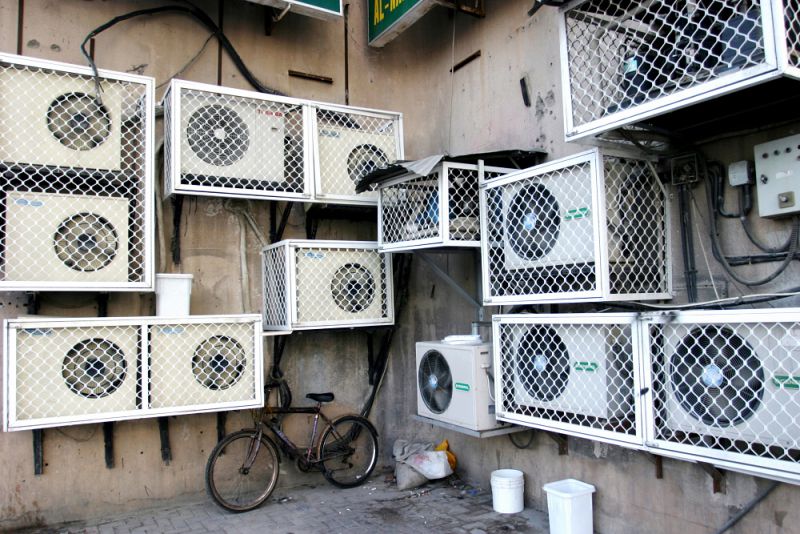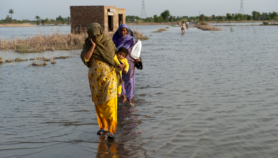By: Fatima Arkin
Send to a friend
The details you provide on this page will not be used to send unsolicited email, and will not be sold to a 3rd party. See privacy policy.
[MANILA] Heat stress induced by climate change is pushing up health risks and costs of disasters, according to a set of six research papers published in a special issue of the Asia Pacific Journal of Public Health to help provide a baseline of evidence for the effects of typhoons, heat waves, floods and landslides in Asia.
In South-East Asia, up to 20 per cent of annual workhours may be lost to the combined effects of air, temperature, humidity, wind speed and radiation particularly on those working outdoors and in factories that are not air-conditioned.
“South-East Asia is rapidly urbanising and current patterns of urban development are not ‘climate-sensitive’.”
Anthony Capon, UN University International Institute for Global Health (UNU-IIGH)
By 2050, up to 40 per cent of annual workhours may be lost if the effects of climate change progressively worsen, say the papers, which were formally launched at the forum on advancing science and technology in the implementation of the Sendai Framework for Disaster Risk Reduction 2015-2030 in Kuala Lumpur (19 July).
“South-East Asia is rapidly urbanising and current patterns of urban development are not ‘climate-sensitive’,” Anthony Capon, director of the UN University International Institute for Global Health (UNU-IIGH) and an author of one of the papers, tells SciDev.Net.
The region faces many challenges: too much housing is located in low-lying urban areas prone to inundation; many new apartments rely on air-conditioning for cooling, which is exacerbating climate change; and although some places provide public transportation, too many cities in South-East Asia remain heavily reliant on private cars.
The papers point to urban planning as one key area where countries can mitigate the health impacts of more extreme weather events by fostering the protection and expansion of tree cover and increasing the use of renewable energy.
High energy consumption, mainly due to the use of air-conditioning during heat waves, is already placing major strain on electricity infrastructure. A one degree Celsius increase in average ambient temperature can require as much as 200 megawatts of additional energy for a city the size of Bangkok, according to one of the papers.
Proper planning that uses science and technology is also important in post disaster reconstruction, Jamal Hisham Hashim, a research fellow at the UNU-IIGH and an author of one of the papers, tells SciDev.Net. His research shows that improper garbage disposal during post flooding has resulted in a spike in leptospirosis, a waterborne bacterial disease.
“[These papers] will help build a better understanding of how Asia is exposed to disaster hazards and risks, and point to areas of vulnerability,” Virginia Murray, vice chair of the scientific and technical advisory group at the UN Office for Disaster Risk Reduction, tells SciDev.Net.
This piece was produced by SciDev.Net’s South-East Asia & Pacific desk.
References
Asia Pacific Journal of Public Health Supplement Issue: Global Environmental Change and Human Health (March 2016)














